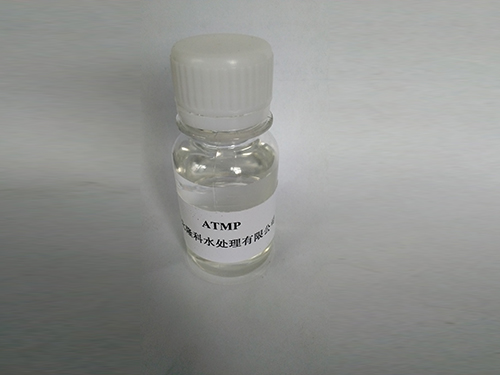benzododecinium
Benzododecinium An Overview of Its Structure, Applications, and Safety
Benzododecinium is a compound that belongs to the family of quaternary ammonium compounds, which are widely recognized for their antimicrobial and antiseptic properties. This article delves into the chemical structure, potential applications, safety considerations, and future prospects of benzododecinium.
Chemical Structure
Benzododecinium features a long aliphatic chain consisting of twelve carbon atoms (dodecyl) linked to a benzene ring. As a quaternary ammonium compound, it is characterized by a positively charged nitrogen atom that is bonded to four carbon-containing groups. The unique structure of benzododecinium allows it to interact effectively with microbial cell membranes, leading to cell lysis and death. The hydrophobic tail formed by the long carbon chain enables the compound to embed itself into the lipid membranes of bacteria, while the positively charged head enhances its solubility in water — a combination that underlines its efficacy as an antimicrobial agent.
Applications
Benzododecinium is primarily utilized for its antimicrobial properties in various fields, including healthcare, consumer products, and industrial applications. In healthcare settings, it is often found in antiseptic solutions, hand sanitizers, and disinfectants. Its ability to kill a broad spectrum of bacteria, fungi, and viruses makes it an invaluable tool in preventing infections, particularly in hospitals and clinics where sterility is paramount.
Moreover, benzododecinium is frequently included in personal care products such as shampoos, conditioners, and lotions. It serves as a preservative that helps inhibit microbial growth, thus extending the shelf life of these products. The compound’s surfactant properties also contribute to its effectiveness in cleaning formulations, enhancing the performance of household cleaners and industrial disinfectants.
In the agricultural sector, benzododecinium has been explored for its potential to be used in crop protection. Its efficacy against certain pathogens can assist in developing safer and more effective biocontrol methods, mitigating the need for harsh chemicals while promoting sustainable farming practices.
benzododecinium

Safety Considerations
While benzododecinium has many advantageous properties, safety is a critical consideration in its use. The compound can cause skin irritation and allergic reactions in some individuals, especially when used in high concentrations. Therefore, appropriate formulation and usage guidelines must be established to minimize the risk of adverse effects.
Toxicological evaluations of benzododecinium suggest that, when used correctly and in recommended concentrations, it can be safe for both humans and the environment. However, excessive or improper use, particularly in agricultural settings, could lead to toxicity in non-target organisms, including beneficial insects and aquatic life. As such, regulatory bodies require comprehensive assessments before approval for widespread use.
Future Prospects
The ongoing research into benzododecinium indicates a promising future for this compound. The rise of antimicrobial resistance necessitates the continuous exploration of effective antimicrobial agents, and benzododecinium presents a viable option. Developing formulations that optimize its efficacy while minimizing potential adverse effects could further establish it as a critical player in combating infections and maintaining hygiene in various settings.
Moreover, advancements in nanotechnology could enhance the delivery and effectiveness of benzododecinium in various applications. By creating nano-encapsulated formulations, researchers may improve the stability and targeted action of this compound, making it even more effective.
Conclusion
Benzododecinium represents a multifaceted compound with a wide range of applications, from healthcare to agriculture. Its powerful antimicrobial properties make it a valuable asset in promoting hygiene and reducing infection rates. However, careful consideration of safety and environmental impacts is essential to maximize its benefits while minimizing risks. Continued research and innovation in this field are critical to harnessing the full potential of benzododecinium for societal benefit.
-
lk-319-special-scale-and-corrosion-inhibitor-for-steel-plants-advanced-solutions-for-industrial-water-systemsNewsAug.22,2025
-
flocculant-water-treatment-essential-chemical-solutions-for-purification-processesNewsAug.22,2025
-
isothiazolinones-versatile-microbial-control-agents-for-industrial-and-consumer-applicationsNewsAug.22,2025
-
scale-inhibitor-key-solutions-for-water-system-scale-preventionNewsAug.22,2025
-
organophosphonates-versatile-scale-inhibitors-for-industrial-water-systemsNewsAug.22,2025
-
scale-and-corrosion-inhibitor-essential-chemical-solutions-for-water-system-maintenanceNewsAug.22,2025





